Like going back in time to the past, Jeju - the island brings you special emotions when this place has a gentle, romantic beauty and is imbued with national cultural identity.
1. Introduction to Jeju – Paradise Island or “Hawaii of Korea”
Fascinated by the yellow color of canola flowers on Jeju Island (Photo source: Collected)
Located in the south of Korea, about 120km from the mainland, Jeju is the largest island in Korea. Jeju is a world- famous volcanic island with more than 90% of its total area covered by volcanic rock. That is why Jeju always has a slow, peaceful pace of life like a "paradise island".
Jeju Island was formed by volcanic activity about 2 million years ago from a shield volcano 1,950m above sea level with the summit being the highest mountain in Korea, Hallasan. The island has been recognized by UNESCO as a World Heritage Site, Global Geopark and Biosphere Reserve.
Jeju is known for its wild and poetic natural beauty, with long white sand beaches, majestic volcanoes, and lush green primeval forests. In addition, Jeju is also a place that preserves traditional Korean cultural values, with ethnic villages, traditional festivals, and specialty dishes. Come here once, you will definitely have to exclaim before the miracle of creation!
2. What is the best season to travel to Jeju?
Noksan-ro Road is the most beautiful in Jeju during cherry blossom season (Photo source: Collected)
Jeju Island is a beautiful tourist destination all year round, with a fresh and cool climate. Each season of the year has its own unique features, creating different experiences for visitors.
- March - May: Jeju is a magical spring: The weather is cool and flowers are in full bloom, along with many vibrant festivals. This is the ideal time to stroll along the Olle roads and admire the beautiful scenery on the island. Spring in Jeju begins with fields of canola flowers blooming, cherry blossoms blooming and barley fields rustling in the wind.
- June - August: Summer is the ideal time for beach trips and immersing yourself in the clear blue water and attractive outdoor activities on Jeju Island. The clear blue sea sparkling under the sun and the cool water of 17 degrees Celsius in the middle of summer is the most attractive point in Jeju.
- September - November: The weather is cool and pleasant, the island's landscape turns to brilliant colors of maple leaves. There is no better season than autumn in Jeju with hiking to the oreum peaks in the cool breeze.
- December - February: Winter in Jeju brings a scene of white snow covering the entire island. According to Jeju travel experience, in winter, visitors can admire Hallasan peak covered in pure white, the season of ripe tangerines waiting for people to pick and the blooming camellia flowers decorating the winter landscape.
3. How to get around when traveling to Jeju?
3.1. Travel to Jeju
According to Jeju travel experience, airplane is the most popular means of transportation when visiting this island. Jeju International Airport (CJU) is the airport that welcomes you when you arrive at this beautiful island. You can refer to more flight information from airlines to have the most convenient trip when traveling to Jeju.
3.2. Getting around Jeju Island
According to Jeju Island travel experience, when traveling on the island, you can rent a car to drive yourself. In addition, you can rent a private taxi tour, take a bus, even a limousine or rent a scooter.
- Self-drive car rental: For tourists with an international driving license, this is the most suitable option. You can choose to rent a motorbike or a car depending on your preference, but the cost will be a bit higher. Going anywhere when you want is certainly what many people desire.
- Rent a private taxi tour: For those who have little time and do not have an international driving license, you can refer to this method. You can rent a taxi for up to 8 hours/day and have the driver schedule it in advance.
- Bus: If you don’t mind walking and waiting, the bus is the best option. The bus is quite cheap but has limited time, few stops and is far from the tourist attractions.
4. Must-see attractions in Jeju
4.1. Seongsan Mountain Peak
Seongsan Mountain has a unique crown shape (Photo source: Collected)
Seongsan Ilchulbong Peak, a representative destination when mentioning Jeju, has been registered and certified as a Natural Monument, UNESCO World Natural Heritage and UNESCO Global Geopark, and has also been selected as one of the 12 Guinness World Records of Korean tourism.
If you are a person who loves to explore the natural beauty of the world, then Seongsan Ilchulbong Mountain in Jeju is a great destination for you. Located on the east side of Jeju Island, about 50km from the center of Jeju, Seongsan Peak is a volcano that erupted 100,000 years ago, formed from volcanic eruptions. With a height of 182m and a characteristic basin-shaped structure, this volcano is shaped like a giant bowl, surrounded by 99 sharp rocks. The crater alone has a diameter of about 600m and its basin is 90m deep. From afar, Seongsan Ilchulbong Mountain looks like a giant crown rising above the deep blue sea. The basin has impressive green vegetation all year round.
The name of this mountain has a very unique meaning with "seongsan" meaning a castle-shaped hill and "ilchulbong" being the best place to watch the sunrise. Indeed, this mountain is considered the most ideal sunrise spot on Jeju Island. Because Seongsan Ilchulbong is located in the east of Jeju, this place welcomes the earliest sunrise on the island. Therefore, when dawn breaks, this mountain peak is also the place that is "honored" to welcome the first sunlight. The feeling of standing on the top of the mountain to watch the sunrise and take in the entire Jeju Island in your sight is a very interesting experience that everyone wants to try. The Seongsan Sunrise Festival, held on December 31 every year, is an opportunity for you to immerse yourself in the atmosphere of welcoming the brilliant sunrise of the Korean people.
This mountain peak is even more proud when it was recognized by UNESCO as a world natural heritage in 2007. Not only does it have a beautiful location and unique scenery, but the experiences on Seongsan Ilchulbong Peak also bring you many unforgettable beautiful memories.
4.2. Yakcheonsa Ancient Temple
Yakcheonsa Temple has a famous ancient beauty in Jeju, Korea (Photo source: Collected)
One of the Jeju tourist destinations you must visit when coming to this island is Yakcheonsa Temple - the sacred place of Korean Buddhism. The sacred place of Yakcheonsa Temple is a blend of impressive and solemn ancient architecture. This is where more than 18 thousand Buddha statues, 4500 elaborately carved wooden Arhat statues and a bronze bell cast with a mass of up to 18 tons are stored. The scenery surrounding the temple is also one of the interesting features that attracts visitors.
When you step into the temple, you will feel a peaceful, serene but also very modern and solemn space. The unique architectural style has a great influence, attracting a large number of tourists to visit here.
4.3. Jeju Light Art Museum
Immerse yourself in a creative world at the Jeju Museum of Art (Photo source: Collected)
Traveling to Jeju, if you have enjoyed exploring nature at Seongsan Mountain or immersed yourself in a spiritual journey at the ancient Yakcheonsa Temple, you must definitely explore the Jeju Light Art Museum to complete your journey.
Jeju Art Museum - a place that attracts viewers with a "multi-sensory feast" that satisfies the eyes, with all your senses of sight, hearing and smell being sublimated. When sound, light and scent are combined together in a very delicate and special way, it creates an unreal fairyland space that takes you away from reality.
With 10 different areas, Arte Jeju will lead you to 10 separate worlds of nature and art. The special thing is that not every room is easy to find, but because many rooms you will see immediately, there are many hidden rooms behind that require you to focus and be sharp-eyed to find. This will help stimulate your curiosity and imagination more than ever. Among them, you must visit these 5 rooms:
- “Night Safari” room and “The Jungle Room” - miniature nature exhibition room
- Room “Garden Two” - where Jeju scenery is most realistic
- The “Flower” Room showcases the blooming of flowers and the “Star” Room uses mirrors and lights to highlight the infinity of space.
- Endless “Beach” room with waves and the Milky Way
- The “Waterfall” room simulates a majestic waterfall with light and sound.
And there are many other interesting rooms waiting for you to explore!
4.4. Camellia Hill
Amazingly beautiful camellia season on Camellia Hill (Photo source: Collected)
Camellia Hill on Jeju Island is one of the most beautiful and romantic coordinates in the land of kimchi, where your heart will skip a beat before the poetic beauty of all kinds of flowers. With an area of over 20 hectares & being the largest camellia nursery in Asia, with more than 500 varieties of camellias from 80 countries around the world, Camellia Hill is truly a paradise for flower lovers to stroll, admire and capture the most wonderful moments.
In any season of the year, this beautiful Jeju tourist destination always knows how to make visitors flutter. Exploring the Camellia Hill on Jeju Island is a wonderful journey when you step into a colorful paradise of camellias, chrysanthemums, wild flowers and there is also a resort on the campus inside the flower hill. This destination is not only suitable for tourists to sightsee, but also ideal for organizing outdoor picnics.
Indeed, Camellia Hill will be the ideal "giant outdoor studio" for couples, groups of friends & families to take photos with about 14 beautiful walking paths, super photogenic check-in areas & greenhouses with all kinds of colorful flowers.
4.5. Jeju Museum of Natural and Cultural History
The Jeju Museum of Natural and Cultural History displays collections on local culture and the development of Jeju and Korean history in general by room and theme. There are also exhibitions known as “Jeju life and beauty”, maritime history and shipwrecks, which clearly show the formation and development of Korean maritime industry, and provide visitors with the most in-depth look at maritime exchanges in Northeast Asia over the centuries. If you are a person passionate about learning about Korean history and culture, this Jeju tourist destination is the ideal destination for you.
4.6. Hallasan Mountain
Conquering Hallasan Mountain, the roof of Korea (Photo source: Collected)
Hallasan Mountain is an ancient volcano, known as the “roof of Korea”, located in the middle of Jeju Island, Korea and has more than 350 small cone-shaped mountains. With an altitude of more than 1,950m, this is the ideal “observatory” for you to fully admire the peaceful beauty of Jeju Island surrounded by a sea of white clouds drifting before your eyes.
In particular, Hallasan Mountain also possesses a diverse and rich biodiversity with more than 4,000 animal species living in different ecological layers. With steep cliffs and many steep slopes, the journey to conquer Hallasan Peak is a challenge for those who love adventure travel.
5. Delicious dishes not to be missed when traveling to Jeju
Grilled meat - famous dish in Jeju (Photo source: Collected)
Traveling to Jeju, besides exploring the beautiful and romantic scenery, you must definitely enjoy the attractive dishes that attract tourists. Below are some famous Jeju dishes that you can refer to:
- BBQ black pork: Black pork is a specialty on Jeju Island. When prepared in the traditional BBQ style, the soft and fragrant pieces of meat, combined with spicy dipping sauce, the sour taste of kimchi combined with fresh vegetables, grilled black pork is a dish you must try.
- Abalone porridge: considered one of the most expensive dishes on Jeju Island, because this dish is not only attractive to the taste buds but also extremely good for health. Abalone is chopped, mixed with seaweed and put into a bowl of hot, fragrant porridge. Therefore, when traveling to Jeju, Korea, without trying abalone porridge, it would be a pity.
- Sashimi: It can be said that nowhere else has Sashimi as delicious as on Jeju Island. Because this island has fresh and diverse seafood. Octopus, abalone, fish, shrimp... are caught by the locals at sea every day. The restaurant always imports new ingredients and processes them immediately. Therefore, enjoying Sashimi in Jeju is not only delicious but also very safe.
- Buckwheat noodles: Buckwheat is the main agricultural product of the people on Jeju Island. They use this ingredient to make chewy and fragrant noodles. The characteristic of buckwheat noodles is the broth cooked in the traditional way. The taste of the dish is light, harmonious and unique.
- Tangerine: Tangerine is the most widely grown fruit on Jeju Island. Due to the characteristic climate, mild sea breeze all year round, and suitable soil, Jeju tangerines are very large, bright yellow, and have sweet segments with a mild aroma. Tangerines are a specialty, so there are many delicious dishes made from this fruit such as jam, tea, soft drinks, etc. In particular, you can also visit the gardens to see with your own eyes the beautiful tangerine trees with green leaves and golden fruits. Enjoying the fruit right in the garden is also worth the experience.
For generations, Korea has been as beautiful and romantic as a love song, always exuding a strange charm that captivates the hearts of many travelers. A trip to Jeju, with its rich cultural imprint, and the most wonderful scenery of the "land of kimchi", will make you feel like you have returned to a peaceful land and lived to the fullest with the sounds of youth.
(*) The program is sponsored by Jeju Tourism Organization (JTO)
Source: https://www.vietravel.com/vn/am-thuc-kham-pha/kinh-nghiem-du-lich-jeju-v15854.aspx


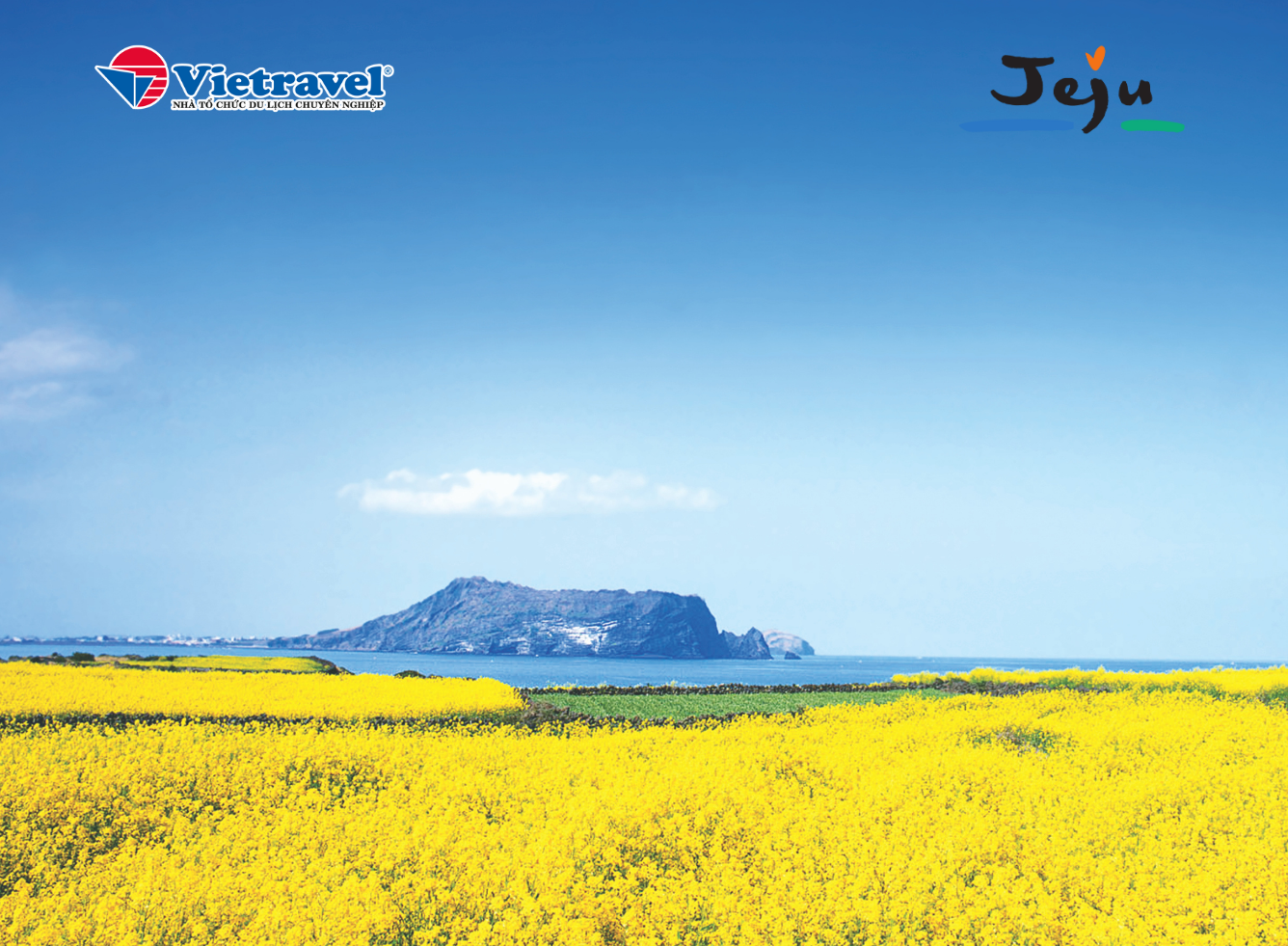
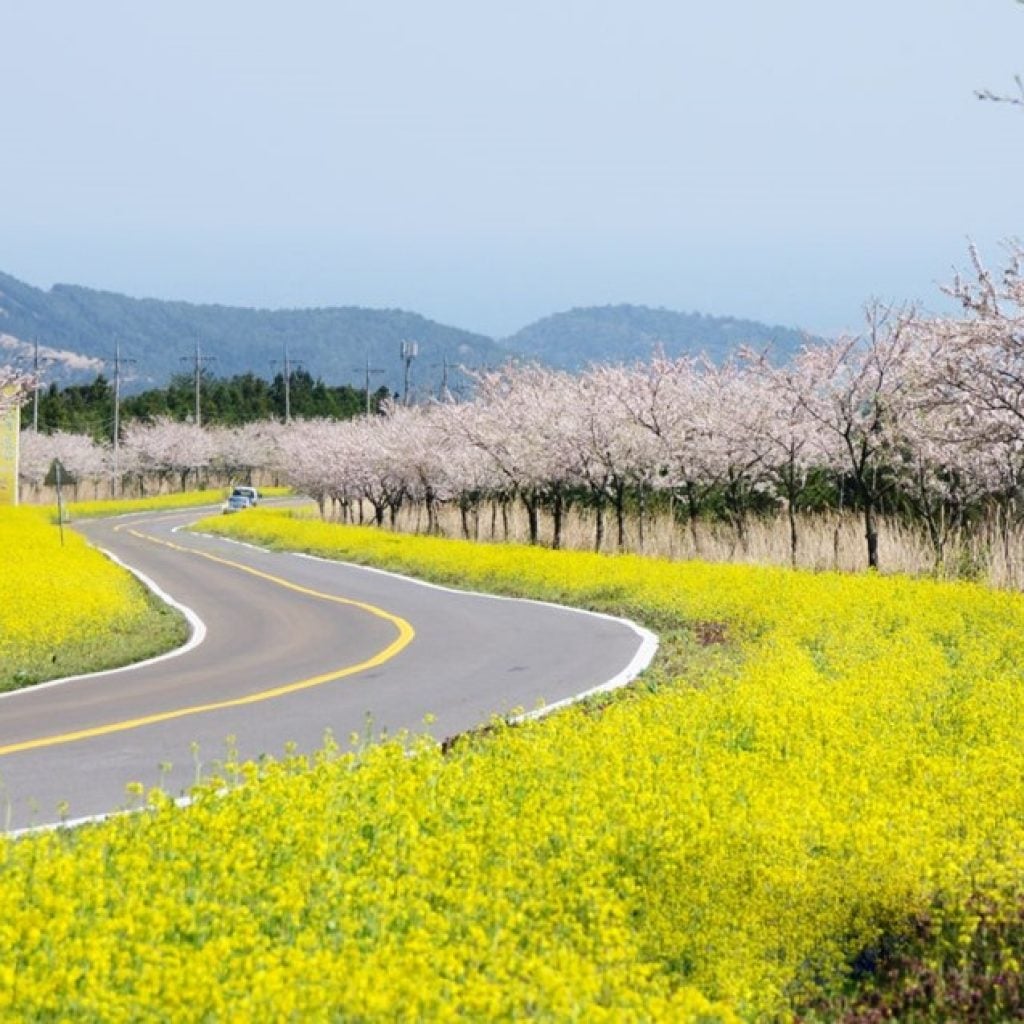
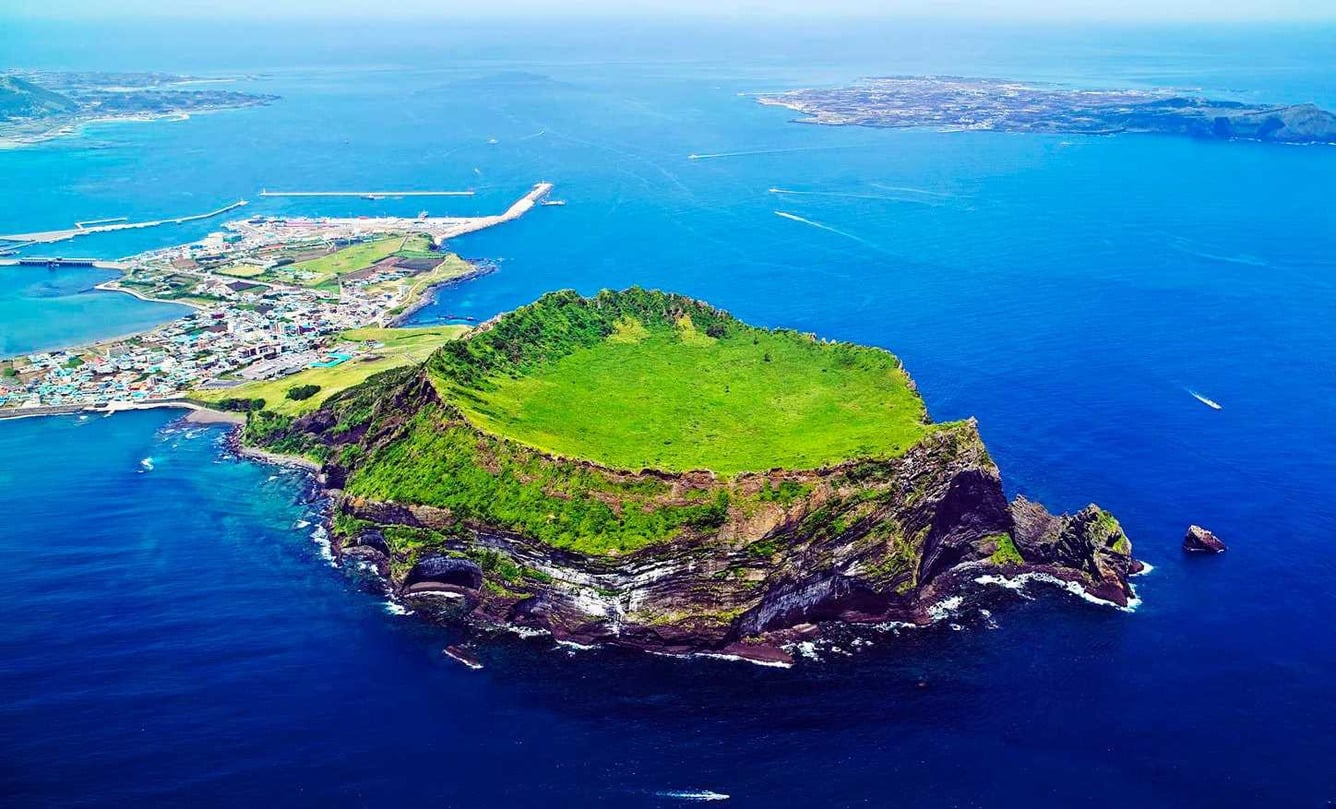
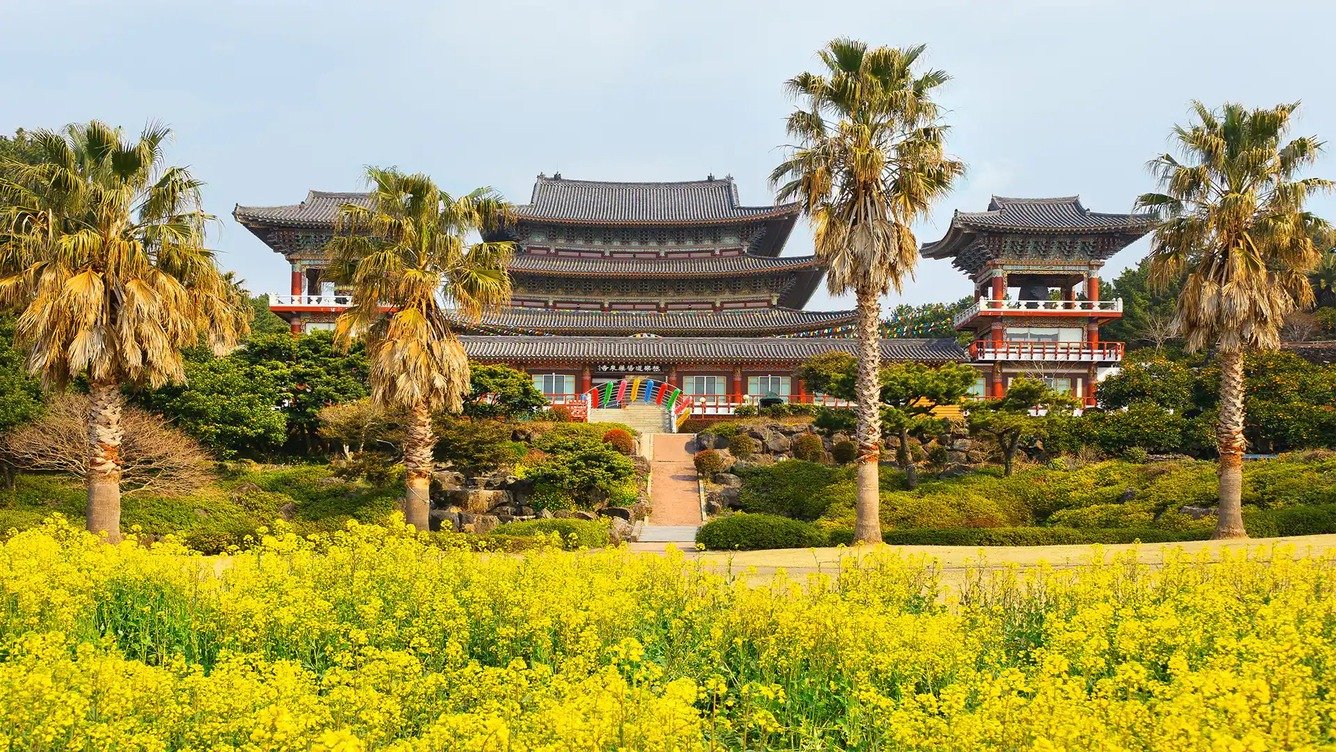

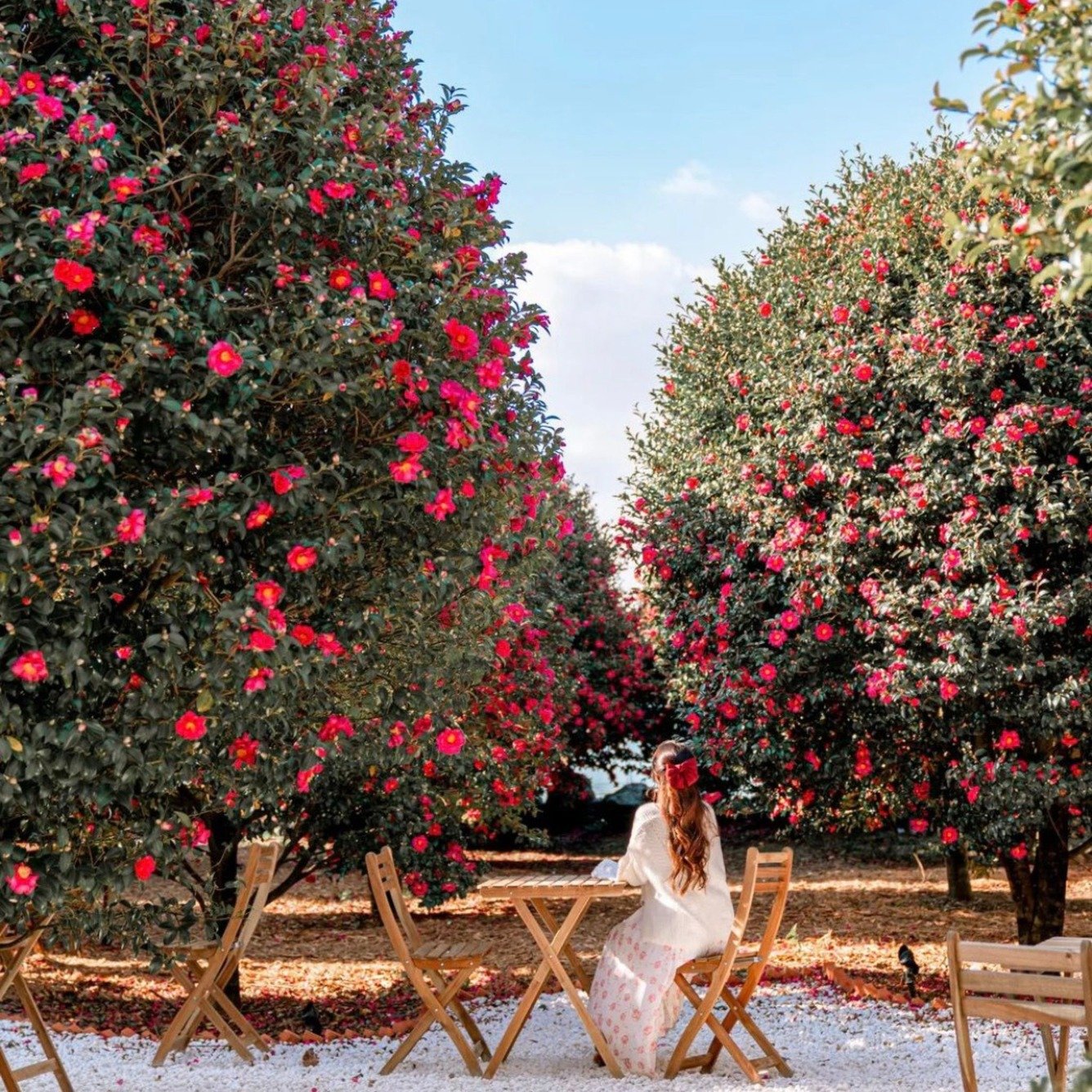
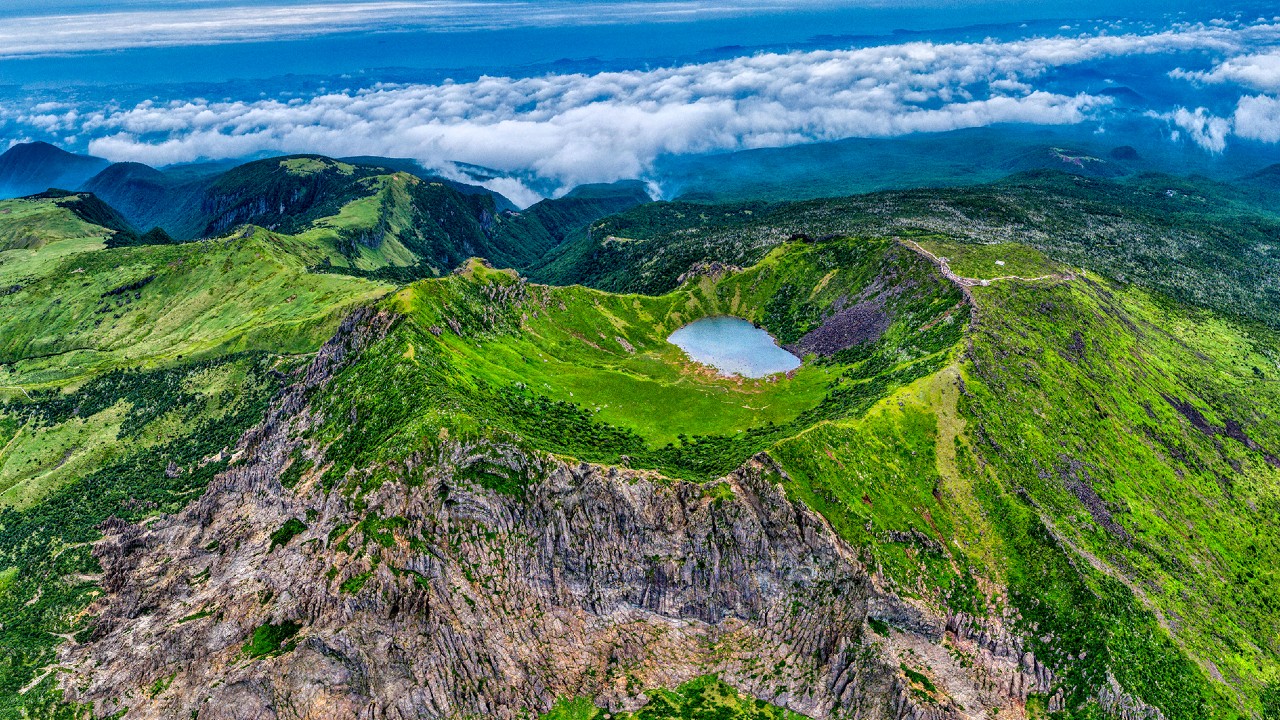
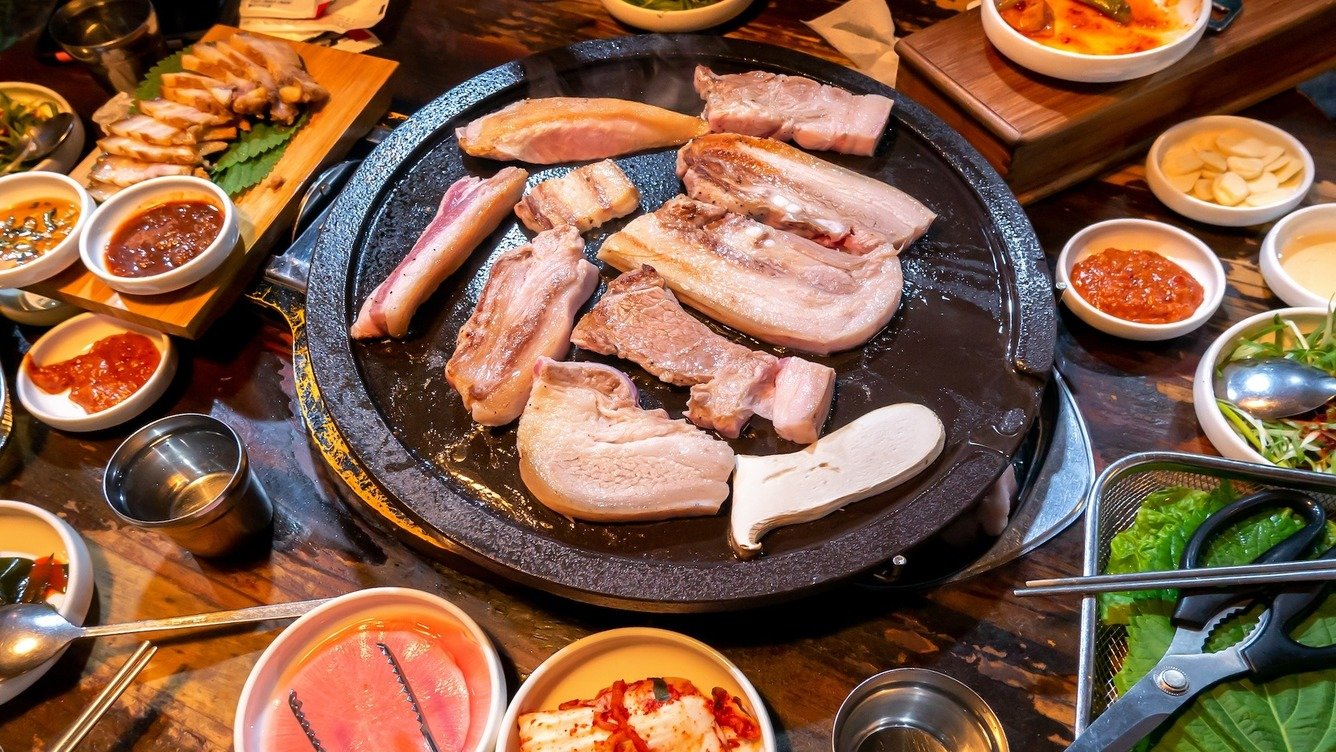




















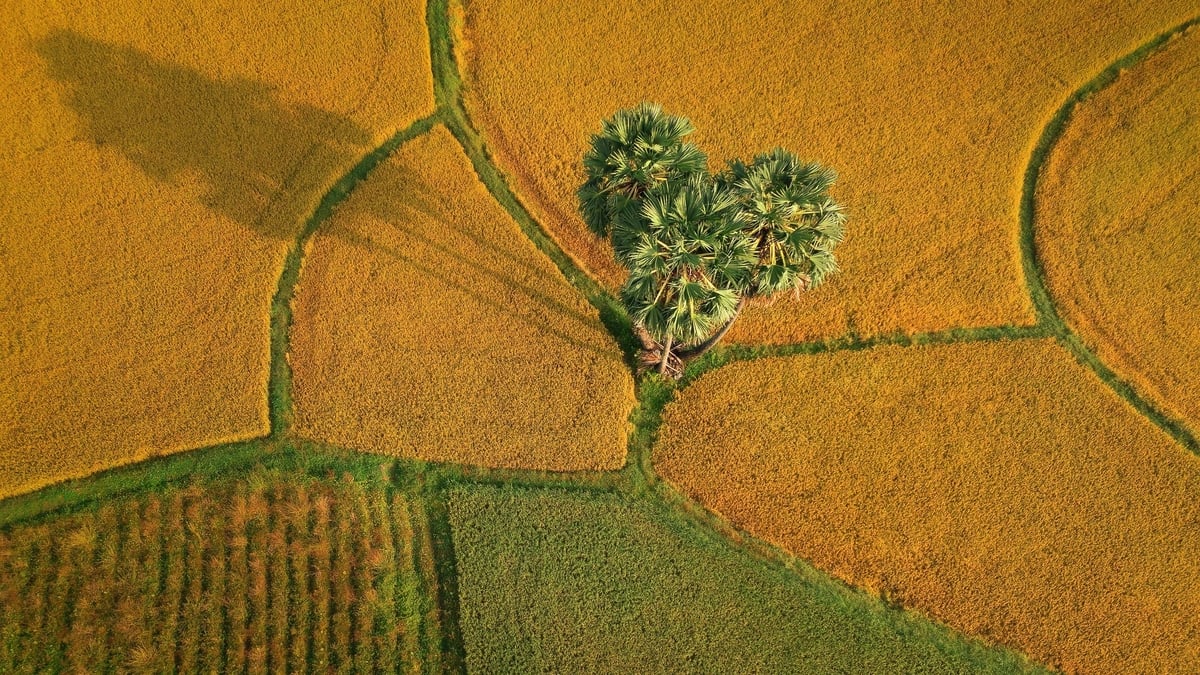








![[Photo] Nghe An: Provincial Road 543D seriously eroded due to floods](https://vphoto.vietnam.vn/thumb/1200x675/vietnam/resource/IMAGE/2025/8/5/5759d3837c26428799f6d929fa274493)
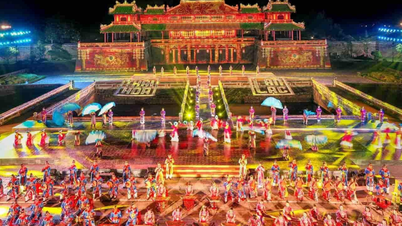


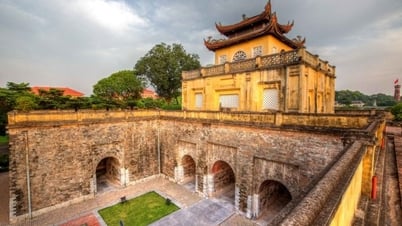

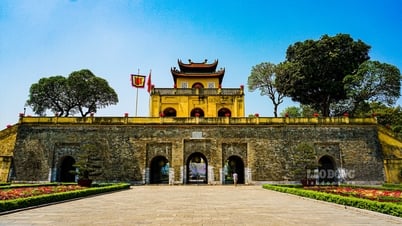

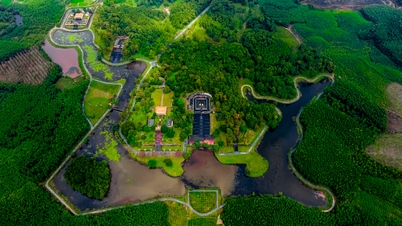





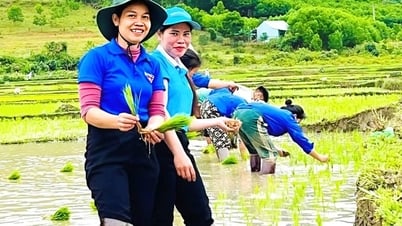

















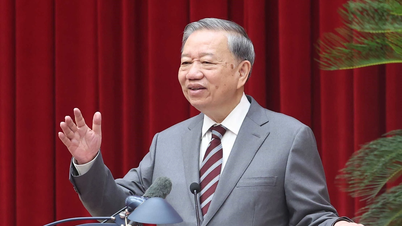


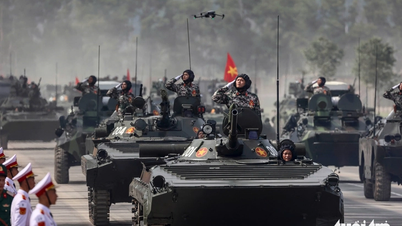
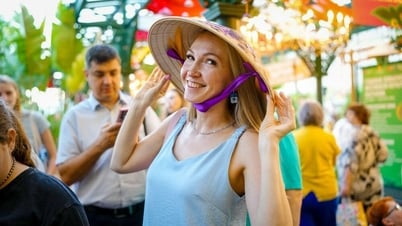















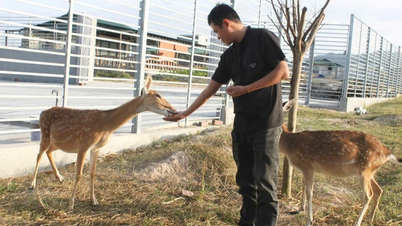

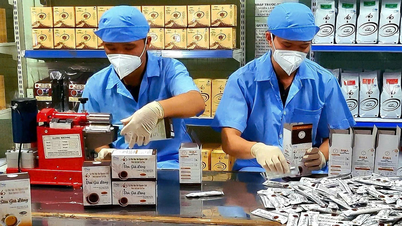







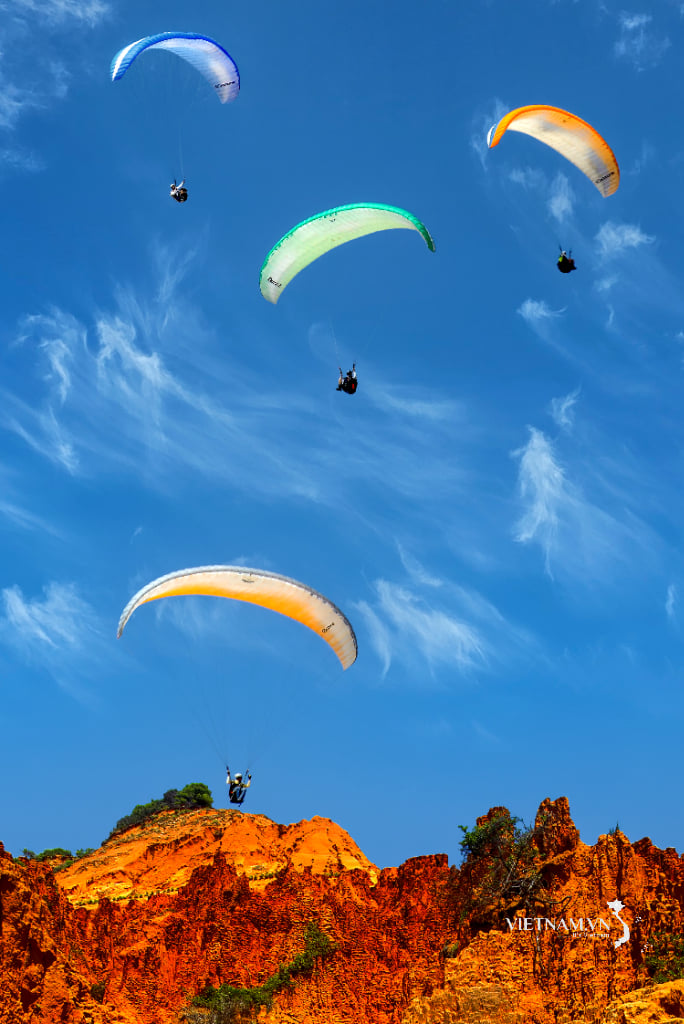

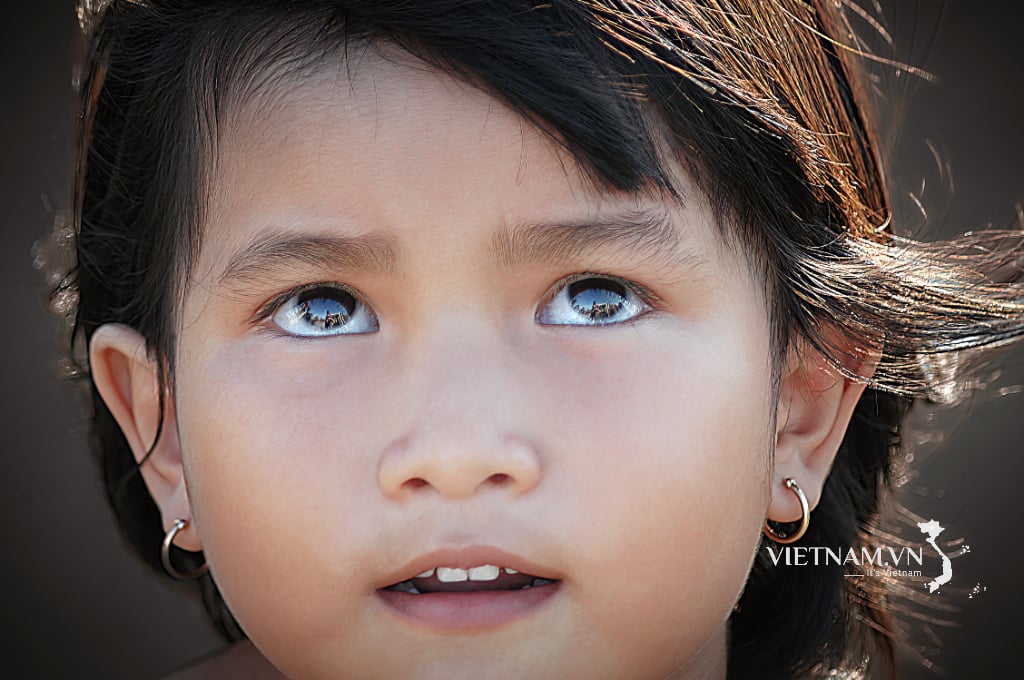
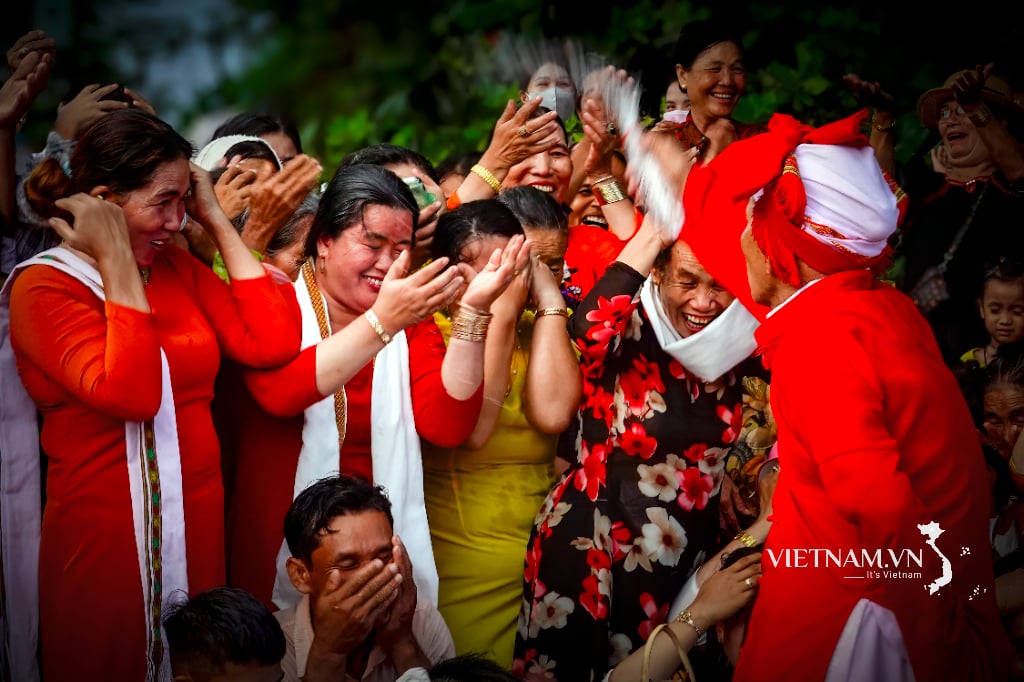
Comment (0)